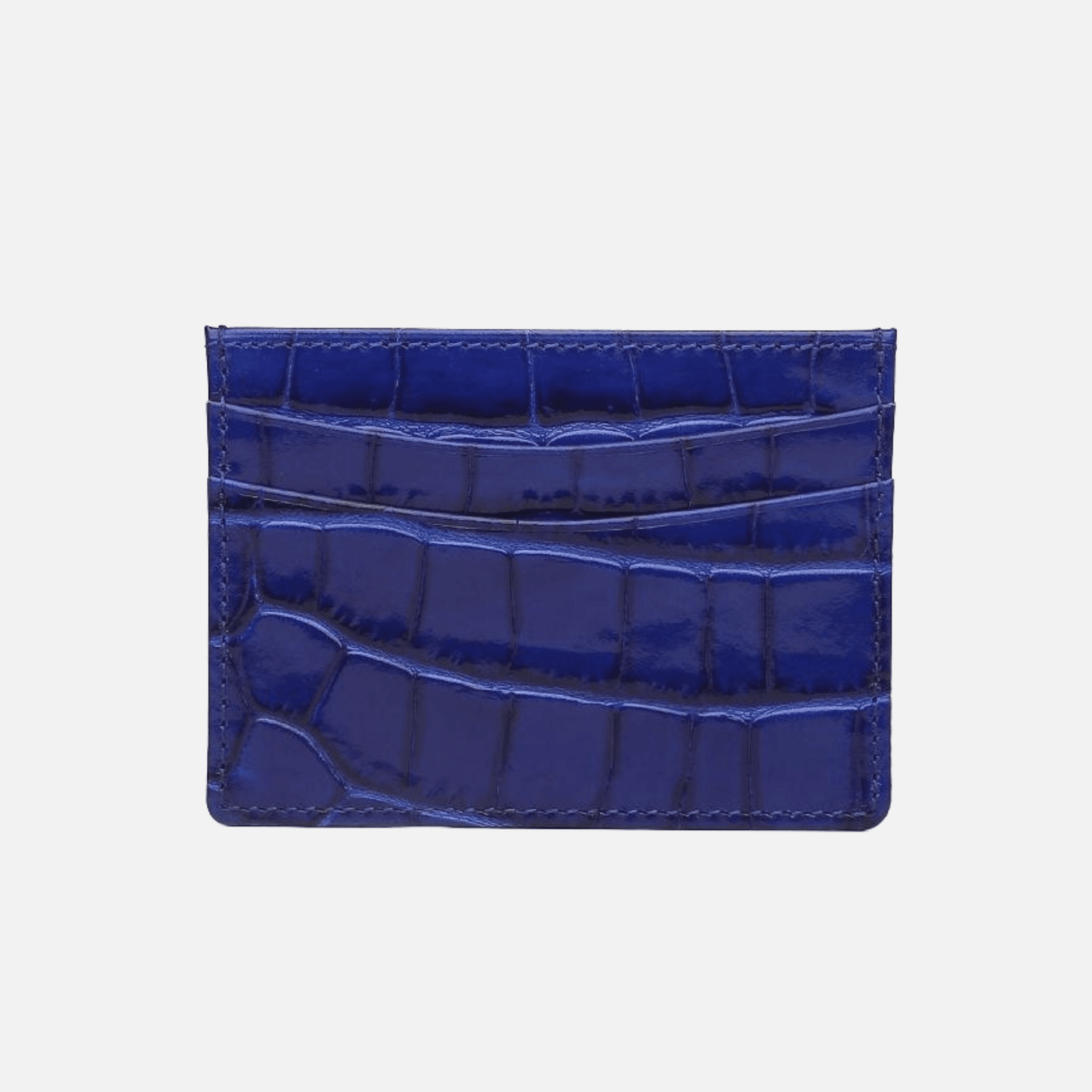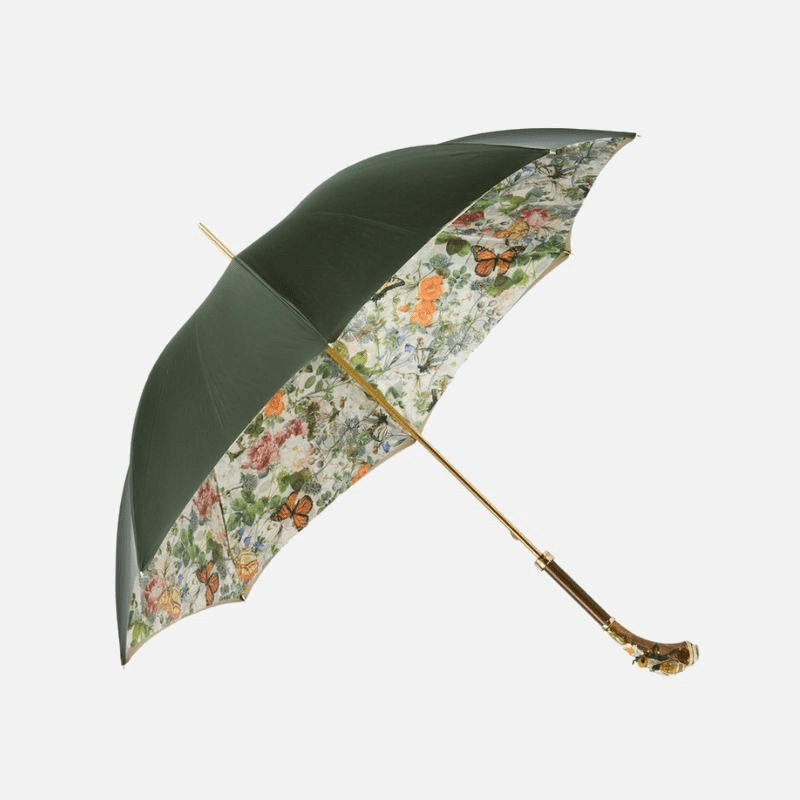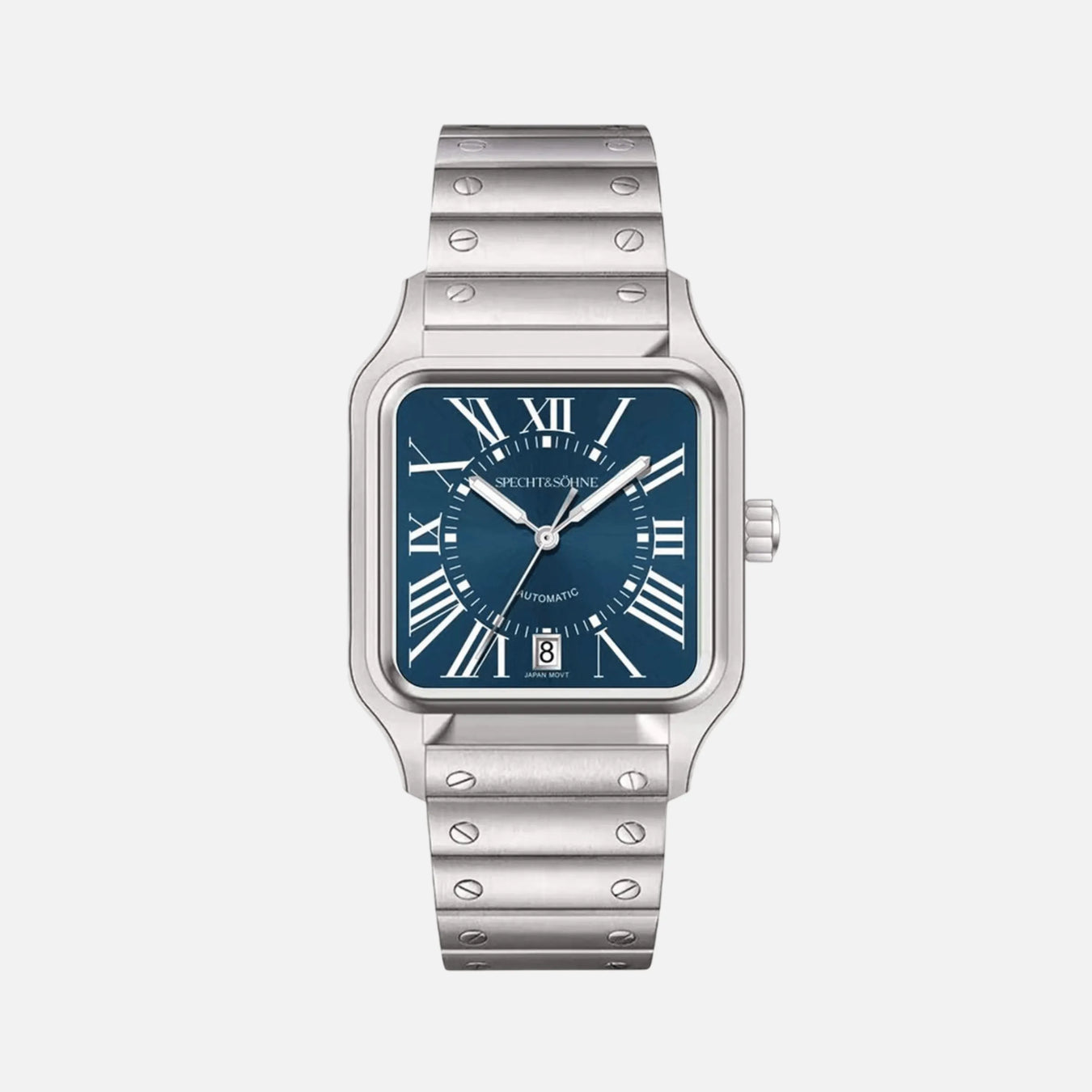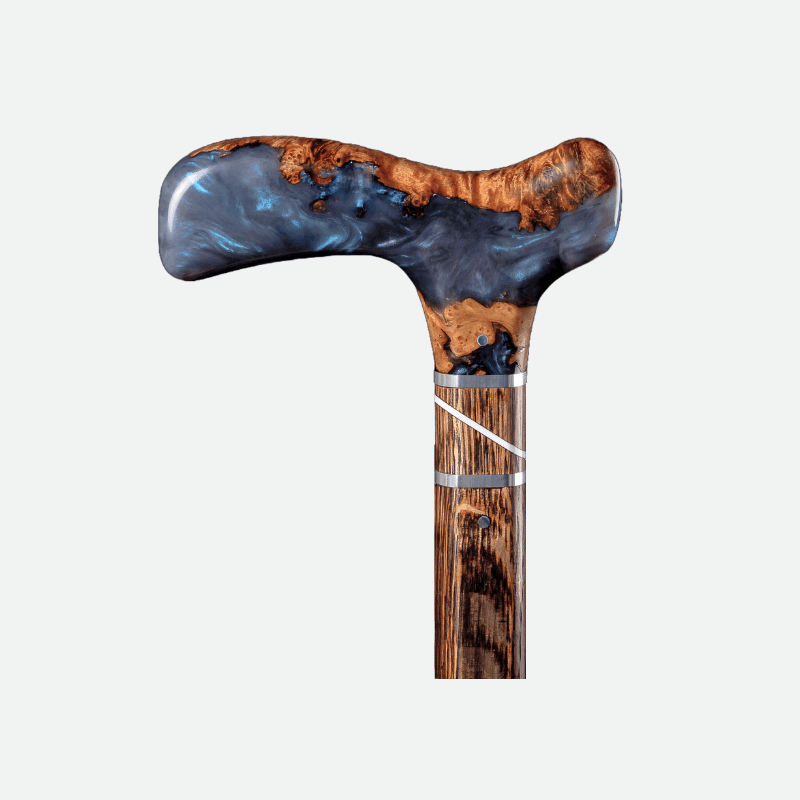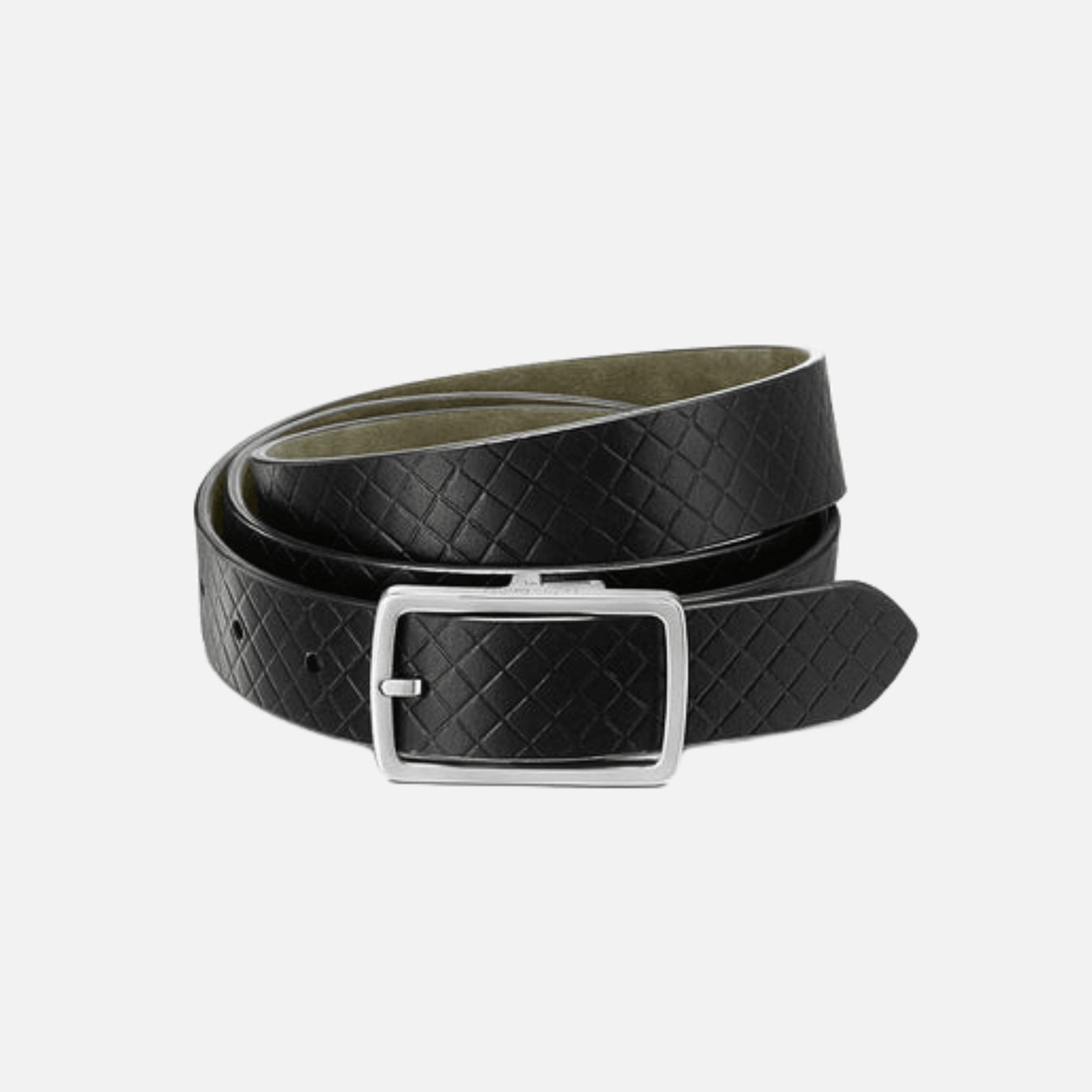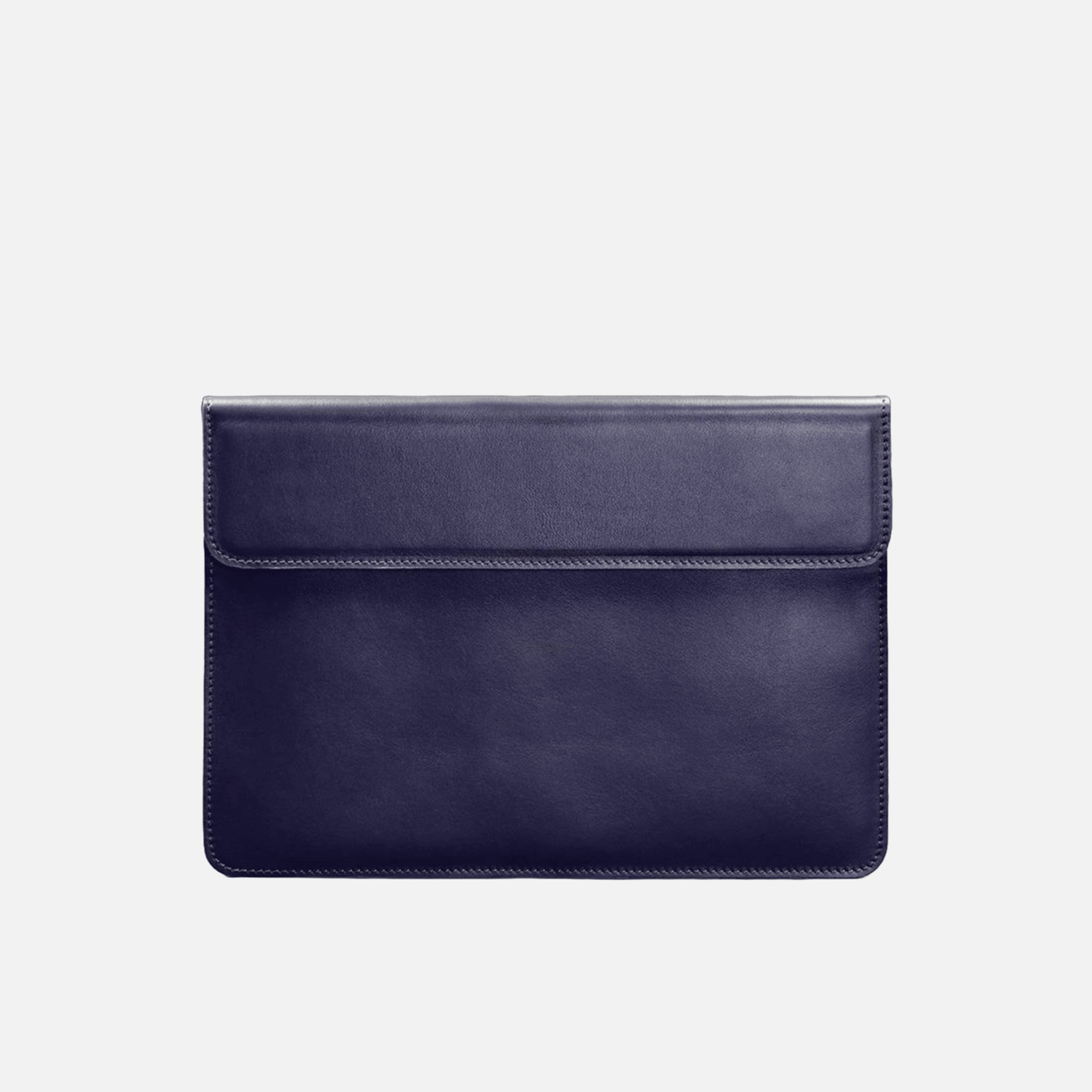
The Craftsmanship Behind Exquisite Handmade Knives: A Guide to Design and Quality
Introduction to the World of Handmade Knives
In an era where mass-produced items dominate the market, the allure and charm of handmade products remain undiminished. Among such artisanal creations stand handmade knives, each piece uniquely crafted and rich with personal touch. These knives are not just tools but are the embodiment of the artisan’s dedication to their craft, exemplified through made-to-order services where the client’s vision becomes a tangible reality.
The process of creating handmade knives is a testament to the proficiency and artisanship of skilled craftsmen. Delving into the behind-the-scenes crafting of these exquisite items, one can uncover a meticulous blend of traditional techniques and contemporary innovation. The artisans list each step, from selecting the finest materials to the final polish, ensuring no two knives are identical—each a masterpiece in its own right.
This is a craft where function meets artistry. Consumers not only acquire a functional utensil but also a piece of heritage, often handed down generations. The ‘About Us’ story of many of these creators speaks of a deep-rooted passion for quality and design, a narrative that resonates with every slice and dice.
To own a handmade knife is to partake in a legacy of unparalleled craftsmanship. By choosing one, you are investing in durability, quality, and an object infused with the spirit of its maker. As we explore further into the specifics of what goes into the making of these fine instruments, one gains an appreciation for the meticulous effort invested in each bespoke blade.
The Heritage and Cultural Significance of Knife Crafting
Knife crafting is an ancient practice deeply rooted in human history, symbolizing a rich heritage that has been passed down through generations of artisans. These craftsmen, often found on artisans lists within cultural communities, have honed their skills to create not merely tools but also intricate works of art. The process of making handmade knives is steeped in tradition and reflects the cultural significance of the instruments throughout civilizations.
For many societies, a knife is more than a utensil; it is a representation of the people’s ingenuity and a testament to their resourcefulness. Across the globe, knives have played crucial roles in survival, ceremonies, and the day-to-day activities that define a people’s way of life. In regions such as Japan, Scandinavia, and the Middle East, knife crafting is revered, and owning a handmade blade is a matter of pride.
Within these cultures, handmade knives are often made to order, signifying the individual’s personal connection to the blade and the craftsperson. The purpose behind the scenes crafting these pieces can vary, from the creation of a simple eating utensil to the precision and elegance required for luxury items.
Each knife tells a story—about the culture from which it originates, about the usages it was intended for, and about the individual who crafted it. The traditional techniques employed in their creation are not just about crafting an object but also about preserving a way of life. The intimate knowledge necessary for selecting materials, forging the steel, shaping the blade, and fitting the handle signifies a profound understanding of the material and spiritual worlds intertwined in this craft.
Celebrating the heritage of knife crafting is essential. It is an art form that has survived the onslaught of industrialization, keeping alive the fire of artisanal techniques and the spirit of handmade craftsmanship.
The Journey from Raw Material to Refined Beauty
In the realm of exquisite handmade knives, the transformation of raw materials into objects of refined beauty is no less than an alchemical process. It starts with the careful selection of high-grade steel and natural materials for the handle, guided by the experienced eyes of master artisans. This is where the behind-the-scenes narrative of luxury craftsmanship begins.
Upon handpicking the raw steel, precision and patience take the lead. Artisans, often listed proudly on an “artisans list” about us section for their skill, embark on the meticulous process of shaping and sharpening the blade. The made-to-order essence ensures that each knife is not just a tool but a personalized work of art.
- Forging: In a captivating display of force and fines-as, the steel is heated and hammered, its form slowly emerging through fire and sweat.
- Shaping: Artisans sculpt the blade with an almost surgical precision, considering balance and edge geometry with every cut and grind.
- Heat Treating: A crucial step that requires technical expertise, heat treating strengthens the blade’s structure, marrying resilience with razor-sharp capabilities.
- Polishing: Using time-honored techniques, craftsmen polish the blade to a mirror finish, revealing a lustrous patina that speaks volumes of its quality.
- Handle Crafting: Selecting from a variety of materials such as wood, bone, or composite, artisans shape and contour the handle to fit the ergonomics of the user’s hand.
- Final Assembly and Inspection: All the pieces come together in a symphony of craftsmanship, with each knife undergoing a rigorous quality check before it fulfills its destiny in the hands of the consumer.
This journey from raw material to refined beauty is a testament to the unwavering dedication of artisans who apply age-old artisanal techniques to craft knives that are not only sharp and durable but also breathtakingly beautiful.
Important Characteristics of High-Quality Handmade Knives
When discerning the quality of handmade knives, certain characteristics set the premier examples apart from the ordinary. Artisans who specialize in crafting these exquisite tools take pride in their work, often sharing intricate details about their methods and the unique features of each piece.
Materials: The choice of materials is fundamental in defining the quality of a handmade knife. High-grade steel is the cornerstone of the blade, renowned for its sharpness, strength, and resistance to corrosion. Additionally, handle materials, such as stabilized wood, bone, or high-quality synthetics, provide both beauty and durability.
Craftsmanship: The expertise and meticulous attention to detail from skilled artisans are evident in every aspect of a handmade knife, from the ergonomic design of the handle to the precision of the blade’s edge. Each knife is made to order, ensuring that the craftsmanship meets the specific needs and preferences of its user.
Balance: A well-made knife feels balanced in the hand, indicating that the artisan has efficiently distributed the weight between the blade and the handle. This balance is crucial for the knife’s functionality and efficiency in various cutting tasks.
Finish: An artisan’s list of priorities includes a flawless finish on the blade and handle. This not only involves polishing and sharpening of the blade but also the seamless joining of the handle and blade without gaps or inconsistencies.
Sharpness: The edge of a high-quality handmade knife must be exceptionally sharp and retain its edge over time. Knife lovers expect nothing less than the ability to perform precise cuts with minimal effort.
Uniqueness: Handmade knives are often unique pieces, with no two knives being identical. From the grain of the wood to the pattern on the steel, every knife tells a story about its creation and the artisan behind it.
Durability: The construction of a handmade knife considers longevity, with techniques that ensure the knife can withstand regular use and maintain its integrity.
Exploring the behind the scenes crafting of these luxury items, one learns about hand-forging techniques, heat-treating processes, and the personal touch of the maker. A glimpse into the “about us” section of a creator’s catalogue reveals not just the tools they use, but the passion and dedication that drive them to produce knives of unparalleled quality.
Design Elements That Define Handcrafted Knives
Handcrafted knives exude a level of craftsmanship that sets them apart from mass-produced counterparts. Artisans meticulously select materials and employ techniques garnered over years of experience to create these functional pieces of art. Here are some integral design elements that define handcrafted knives:
Material Quality: Unlike factory-made knives, handmade knives are crafted with high-quality materials chosen for their durability and aesthetic appeal. Artisans list materials like high-carbon steel for blades and exotic woods or stabilized materials for handles to ensure longevity and uniqueness.
Blade Forging: Behind the scenes, the blade forging process is an art in itself. Artisans heat the steel to a high temperature before shaping it, ensuring the blade’s strength and sharpness. This made-to-order technique allows for customizations that cater to specific cutting needs.
Handle Design: A finely crafted knife handle is not only about beauty; it must also provide a comfortable and secure grip. Handmade knife handles are designed to fit the hand perfectly, made from materials that range from traditional wood to modern composites and even luxurious materials like mother-of-pearl.
Personalization: Many handcrafted knives offer personalization options. Whether it’s engraving initials, choosing the handle’s material, or specifying the blade length, handmade knives are often made to order, allowing for a personal touch that mass-produced knives cannot offer.
Attention to Detail: From the balance of the knife to the finish of the blade and handle, meticulous attention to detail is a signature of handcrafted knives. Artisans scrutinize every aspect of the knife to ensure it meets their standards of quality and aesthetics.
The distinctions in design elements, material selection, and crafting methods reveal why handmade knives are not just tools but treasures. Each knife carries a story - about us, the artisans’ dedication, and the time-honored techniques employed in its creation.
The Art of Heat Treatment and Blade Forging
The meticulous process of blade forging is a testament to the endurance and skill behind the creation of handmade knives. At the heart of this craftsmanship lies the art of heat treatment, a critical step that significantly determines the quality, durability, and performance of the blade.
Artisans who specialize in this age-old technique follow a precise sequence to ensure the blade’s steel reaches its full potential. Initially, the raw steel is heated to a specific high temperature, which realigns its molecular structure. This step, known as “austenitizing,” is carefully monitored, as the exact temperature varies depending on the type of steel used.
Upon reaching the optimal temperature, the steel must be quickly cooled or “quenched.” This sudden temperature drop, often involving oil or water, transforms the structure, increasing hardness and strength. However, this newfound hardness also makes the steel brittle, prompting the need for the subsequent step of tempering.
Tempering, a lower-temperature heat treatment, alleviates brittleness, yielding a balance between toughness and sharpness. Through multiple cycles, the blade gains resilience against wear and breakage while maintaining a keen edge.
Heat treatment intricacies are part of the behind-the-scenes crafting that transforms raw materials into masterpieces. The art of forging is equally vital, requiring artisans to shape the steel by hand, hammering it into the desired form. This process not only further refines the blade’s structure but also imparts a level of uniqueness to each made-to-order knife.
Understanding that each blade’s journey from raw material to finished product involves painstaking attention to detail showcases the true value of these luxury items. Artisans listed on craftsmanship-focused platforms are often forthcoming about their methods, offering an insightful glimpse into the world of bespoke knife making.
Mastering the Handle: Function Meets Aesthetics
The handle of a handmade knife is where function and aesthetics converge, a testament to the artisan’s skill to meld utility with art. It is the interface between the user and the tool, dictating both the comfort and control during use as well as contributing to the knife’s overall beauty. A well-crafted handle is made to order, ensuring that each piece is personalized for its user, much like how behind the scenes crafting luxury umbrellas relies on artisanal techniques to produce bespoke items.
Artisans, who often feature on an exclusive artisans list for their superior workmanship, pay meticulous attention to handle design. They understand that the perfect grip depends on the right combination of shape, size, materials and weight:
Ergonomics: The shape must conform to the hand, reducing fatigue and providing balance. The contours are carefully sculpted to fit securely and comfortably over extended periods of use.
Material Selection: Choices range from traditional woods to modern composites, each providing a distinct look and feel. Materials such as stabilized wood, horn, and bespoke resins are popular for their durability and beauty.
Durability: The handle must withstand the rigors of its intended use. This involves selecting materials resilient to moisture, temperature changes, and wear.
Visual Appeal: From the selection of materials to the final polish, the handle is designed with aesthetics in mind. Artisans may incorporate intricate patterns, inlays, or custom engravings, transforming each knife into a piece of art.
As recipients of cultural heritage, the artisans imbue their creation with a part of themselves, reflecting their philosophy about us—the makers and users of these functional artworks. Each handle tells a story of tradition, innovation, and craftsmanship, ensuring that while serving its purpose, it also stands as a testament to the maker’s attentiveness to detail and commitment to excellence.
Grinding, Polishing, and Sharpening: The Finishing Touches
The journey of a handmade knife is not complete without its final act of refinement: grinding, polishing, and sharpening. Artisans proficient in crafting luxury items understand the meticulous attention needed for these finishing touches, similar to behind-the-scenes crafting of luxury umbrellas with artisanal techniques.
Grinding is the first step in the finishing process, where the blade’s shape is refined and its edge starts to take form. The craftsman must judiciously grind the blade to ensure even thickness and symmetry. Using a series of belts and grinding wheels, the maker removes metal with precision, often switching to finer and finer grits as the grinding progresses.
Polishing follows grinding and is essential for both aesthetic and functional purposes. By successively using finer abrasives, the artisan brings out the knife’s luster. This step is not merely about visual appeal; a polished blade experiences less friction when cutting, lending to superior performance.
Finally, sharpening is the crescendo in this symphony of craftsmanship. The edge of the knife is honed to a razor-sharp finish, capable of performing its intended tasks with ease and efficiency. There is an art to sharpening; angles must be consistent, and the artisan must balance the blade’s sharpness with its durability—a too-sharp edge can be brittle and short-lived.
Handmade knives, especially those made to order, receive individual attention, ensuring that each product is optimal in form and function. Indeed, each knife reflects the artisans’ list of skills and commitment to excellence, serving as a testament to the high standards of quality synonymous with handmade objects of desire.
Customization: Personalization in the Crafting Process
In the realm of handmade knives, customization represents a confluence of the user’s desires and the artisan’s expertise. Each piece is not just a tool but a personal artifact, often made to order, demanding a behind-the-scenes harmony of craft and individual preference.
Artisans versed in the tradition of knife-making understand that personalization extends beyond mere aesthetics. It involves a meticulous process where clients have a say in choosing materials, size, shape, and design features that reflect their personal style and the intended use of the knife. This list captures the essence of customization in the crafting process:
Material Selection: Clients can select from a vast assortment of high-quality materials for both the blade and the handle, considering factors like durability, weight, and visual appeal. Options could range from robust carbon steels to intricate Damascus patterns, and handle materials may include traditional woods, modern composites, or exotic materials.
Ergonomic Design: A knife should be an extension of the hand. Artisans work closely with clients to ensure the grip, balance, and weight meet their specific needs, enhancing the knife’s functionality and comfort.
Artistic Embellishment: Engraving, inlay work, and custom etchings convert a simple blade into a piece of art. The artisan’s list of techniques can bring to life an array of decorative touches, each telling a story or representing a special meaning.
Performance Customization: Professionals may seek modifications that cater to particular tasks. This might include adjusting the blade’s sharpness, shape, or edge geometry for precision cutting, slicing, or chopping.
Unique Signatures: Many knife makers provide the option of personal or brand engravings, allowing for a distinct identity that resonates with the owner or makes each knife identifiable as part of an exclusive collection.
Crafting luxury knives, much like the detailed work of artisans making bespoke umbrellas or other artisanal objects, is not simply about creating a utilitarian object. It is about forging a personal connection, nurturing the bond between the tool and its wielder through tailored design and impeccable craftsmanship.
Preserving the Blade: Maintenance and Care for Longevity
Owning a handmade knife is about much more than possessing a mere cutting tool; it’s an appreciation of the craftsmanship and dedication that went into its creation. These artisan-made blades, often available through an artisans list or made to order, are the epitome of quality and durability. However, ensuring their longevity requires a disciplined approach to maintenance and care.
Cleaning: After each use, it’s imperative to clean the knife thoroughly. Use warm, soapy water and dry it immediately with a soft cloth to prevent rust or stains.
Storage: Store the knife in a dry place away from other utensils to avoid scratches or dings. Protective sheaths or blocks designed specifically for handmade knives can provide excellent storage solutions.
Sharpening: Even the best knives will dull over time. Use a whetstone or honing rod to sharpen the blade, keeping the original angle and contouring in mind to maintain its precision cutting edge.
Oil the Blade: Occasionally, applying a small amount of food-grade mineral oil to the blade helps in preserving its finish and preventing rust, especially for high-carbon steel knives.
Handle with Care: Pay special attention to the handle. Materials like wood may require occasional treatment with a suitable oil to keep it from drying out and cracking.
Avoid Dishwashers: Handmade knives should never go through the dishwasher. The high heat and harsh chemicals can damage both the handle and the blade.
Regular Inspection: Routinely inspect the knife for any signs of wear or damage. Catching issues early can prevent more serious problems later on.
By following the above guidelines, enthusiasts can protect their investments and keep their exquisite handmade knives in pristine condition for years to come. Remember, behind the scenes crafting, such as that of luxury umbrellas with artisanal techniques, imparts not just a tool but a legacy that, with proper care, can be cherished and perhaps even passed down through generations.
Understanding the Cost: Valuing the Effort and Skill in Craftsmanship
When evaluating the price of handmade knives, it is crucial to appreciate the effort and skills involved in their creation. Crafting a superior-quality knife is an intricate process that requires extensive knowledge and precision. Artisans, who often feature on an exclusive artisans list for their exemplary work, commit significant time to perfect each piece, thereby justifying the value of their labor.
The behind the scenes crafting of handmade knives involves several stages. From the initial design to the final sharpening, each step showcases the artisan’s meticulous attention to detail. The process often includes:
- Selecting high-quality materials
- Forging and shaping the blade
- Heat-treating to enhance strength
- Hand-polishing to achieve a distinctive finish
- Assembling the handle with equal care
These knives are not mass-produced; they are made to order, ensuring that each piece is unique and tailored to the client’s needs. This customization adds to the value, as customers are not simply purchasing a tool but a piece of art equipped with functionality.
Furthermore, the artisans list consists of individuals who have typically undergone years of training and have perfected their craft over time. They employ both traditional and innovative techniques to produce knives that are both aesthetically pleasing and durable.
When an about us section details the artisan’s philosophy and process, it adds transparency to the brand and fosters a deeper connection with the customer. Buying a handmade knife isn’t just a transaction; it’s an investment in a piece of heritage and craftsmanship. Understanding this contributes to valuing the cost of these exquisite items appropriately.
The Ethos of Knife Makers: Stories from Renowned Artisans
In the realm of handmade craftsmanship, knife makers stand out for their devotion to quality and design. Their ethos is not simply about creating a cutting implement but about forging a legacy, pound by pound, with meticulous attention to detail. Behind the scenes, crafting these luxury items, artisans employ a blend of traditional techniques and modern innovation to produce works of functional art that stand the test of time.
Renowned knife makers often share a common narrative—a passion for meticulous work and the joy of creating something from nothing. Take for instance, the story of a master smith who began their journey as an apprentice, learning the age-old art of heating, hammering, and honing metal. Each made-to-order piece reflects years of practice, and the drive to push the boundaries of what is possible with blade design.
- Perseverance is a theme reiterated by many in the artisans list, citing the countless hours spent refining a single knife until it meets their exacting standards.
- Innovation is another cornerstone, as these creators blend heritage with new materials and techniques to enhance performance and aesthetic appeal.
- Sustainably sourced materials are often a point of pride; many artisans converse about sourcing handles from responsibly managed woodlands or repurposing high-grade steel.
It’s not just about the finished product, the ‘about us’ sections of these artisans’ websites often reveal deeper insights. Tales of traditions passed down through generations, the triumphs over failed attempts, and the satisfaction felt when a customer appreciates the balance, edge retention, and beauty of a hand-forged knife. Every knife tells a story, and behind each is a maker with a story of their own—a testament to the human spirit’s potential to craft excellence from a mere billet of steel.
The Future of Handmade Knives: Innovation and Tradition
As the world becomes increasingly automated, the appreciation for handmade craftsmanship continues to thrive, especially in the realm of high-end cutlery. The future of handmade knives lies in a harmonious blend between innovation and tradition, ensuring that each blade reflects both the timeless art of knifemaking and the advancements of modern technology.
Artisans, who feature prominently on discerning collectors’ artisan lists, perpetually explore new materials and techniques to elevate the performance and aesthetics of their knives. These made-to-order masterpieces often incorporate advanced steels and exotic handle materials, coupled with the ancient principles of metallurgy and ergonomics. Behind the scenes, these craftsmen are adopting novel tools and precision instruments to enhance accuracy and detail, while still relying on the manual skills honed over generations.
In the sphere of innovation, one might discover artisans utilizing cutting-edge technology like 3D printing to create intricate designs that would have been impossible or economically unfeasible a few decades ago. Meanwhile, tradition keeps its rightful place at the core of the handmade knife community, with many makers adhering to age-old techniques that have defined the craft for centuries.
The future promises a captivating narrative where the past and present converge, offering knife aficionados bespoke cutting instruments that are as much a piece of art as they are functional tools. With each artisan’s “about us” page, enthusiasts gain insights into the maker’s personal journey and ethos, which become integral to the identity of each knife crafted.
The result of this synergy between tradition and innovation is a burgeoning market for handmade knives that are not merely tools but treasured heirlooms, preserving the legacy of the blade artisanship for future generations to cherish.

